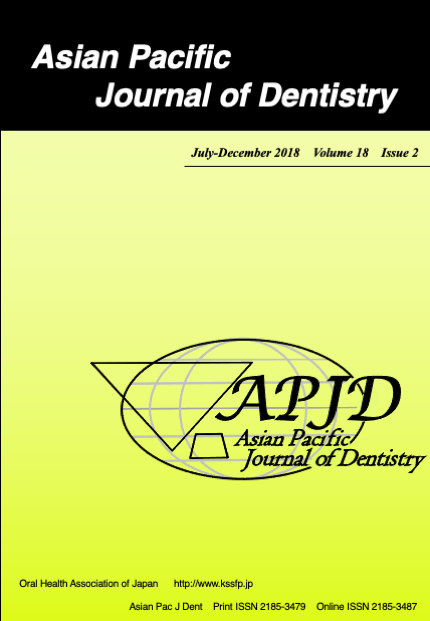Purpose: In this study, the influence of bentonite addition on the handling and physical properties of tricalcium silicate is comprehensively investigated.
Materials and Methods: Bentonite and tricalcium silicate powder were used in this study and 0, 10, 20, 30 wt% of bentonite added tricalcium silicate cements were prepared. Microstructural and morphological changes in tricalcium silicate cements are evaluated with X-ray diffraction and scanning electron microscopy. To evaluate the handling properties of the cement paste, flowability and injectability, as representative handling properties, are evaluated. The compressive strength and setting time are measured using the ISO-9917 methods.
Results: Our analysis shows that as the amount of added bentonite increases, both flowability and injectability improve significantly. Further, no significant difference is observed in the compressive strength and setting time after the bentonite addition.
Conclusion: Bentonite addition improves the handling properties of the tricalcium silicate paste without causing a significant deterioration in its physical properties. These results provide important information for the development of novel tricalcium silicate-based cements with enhanced properties.
View full abstract
